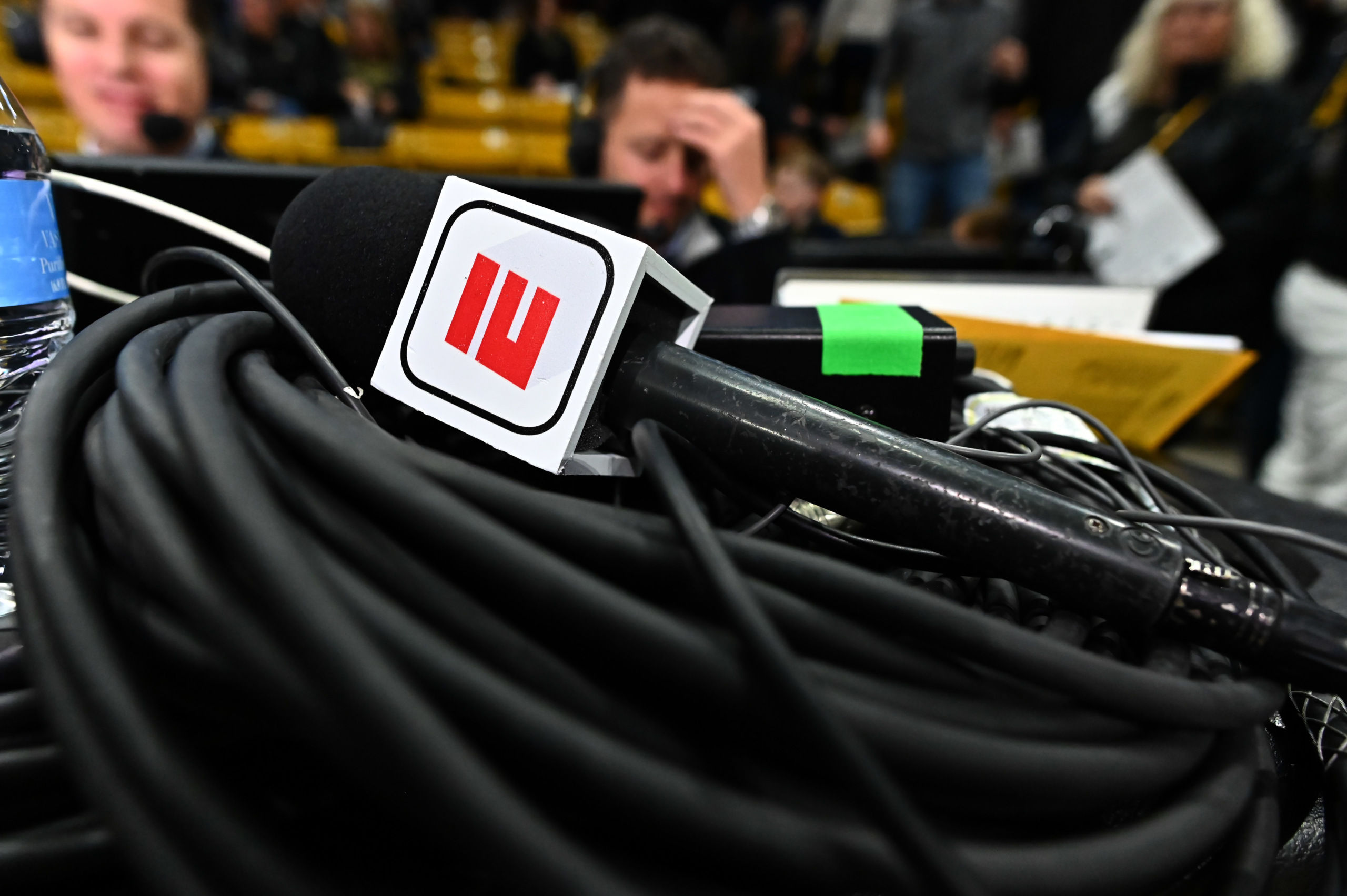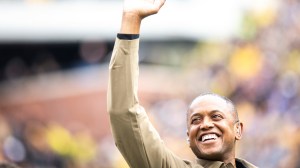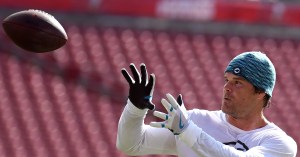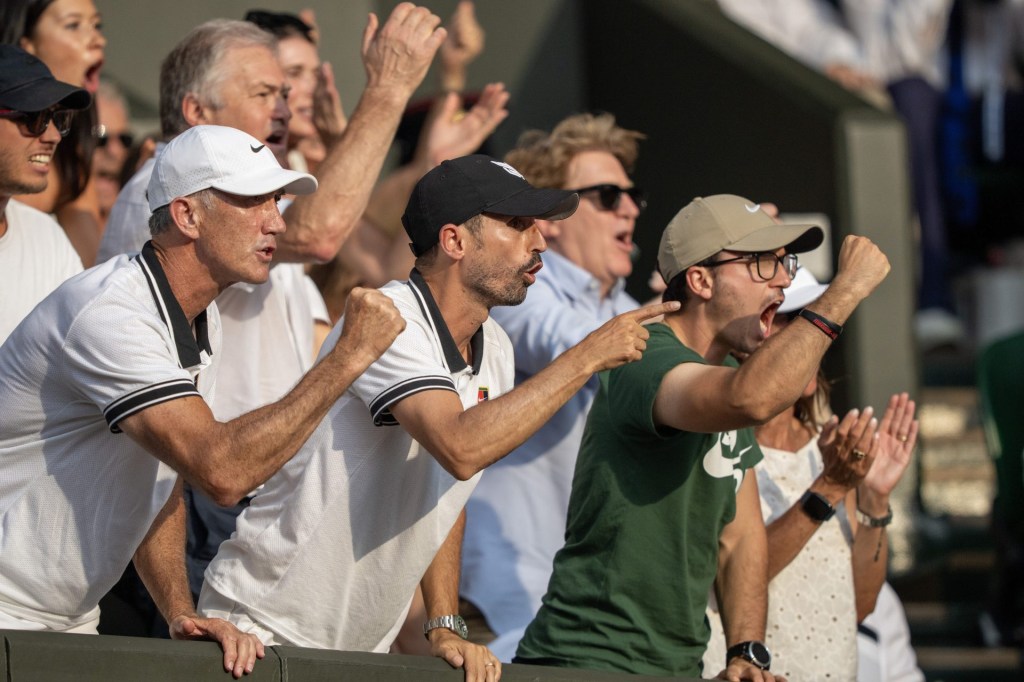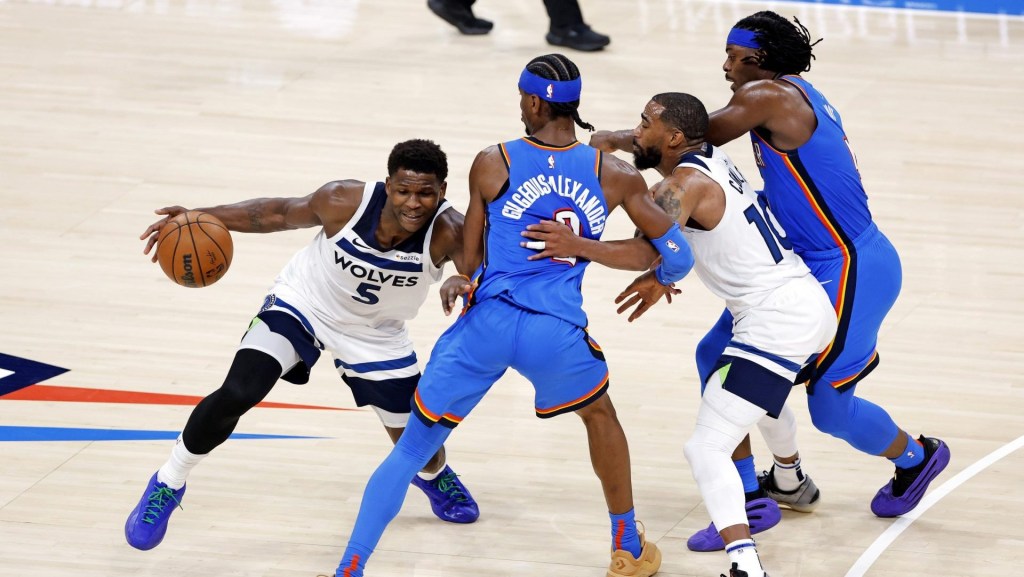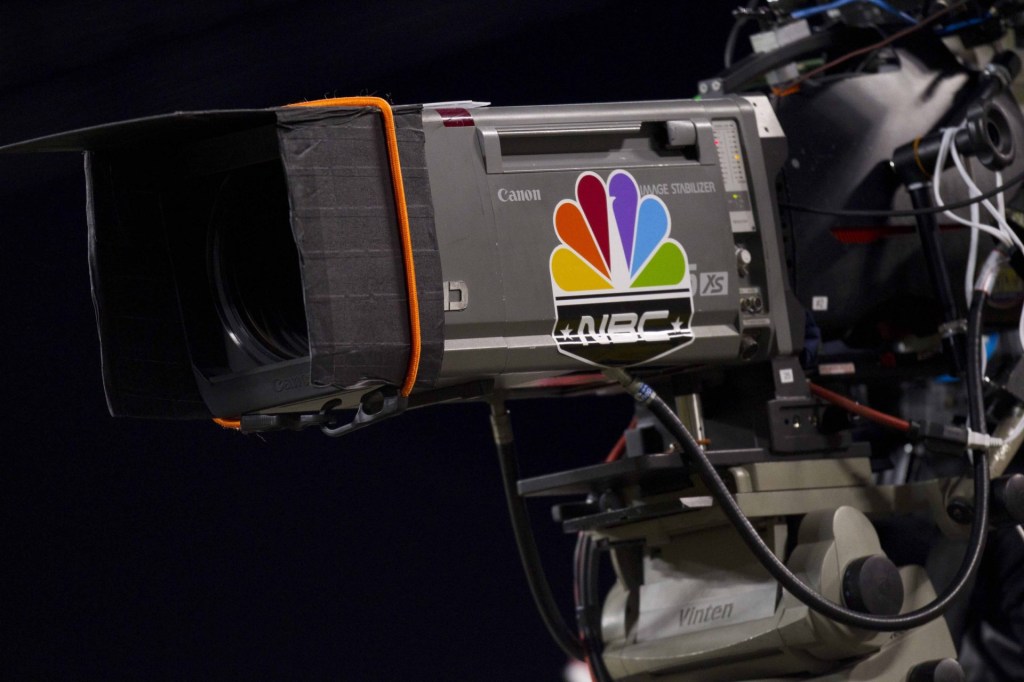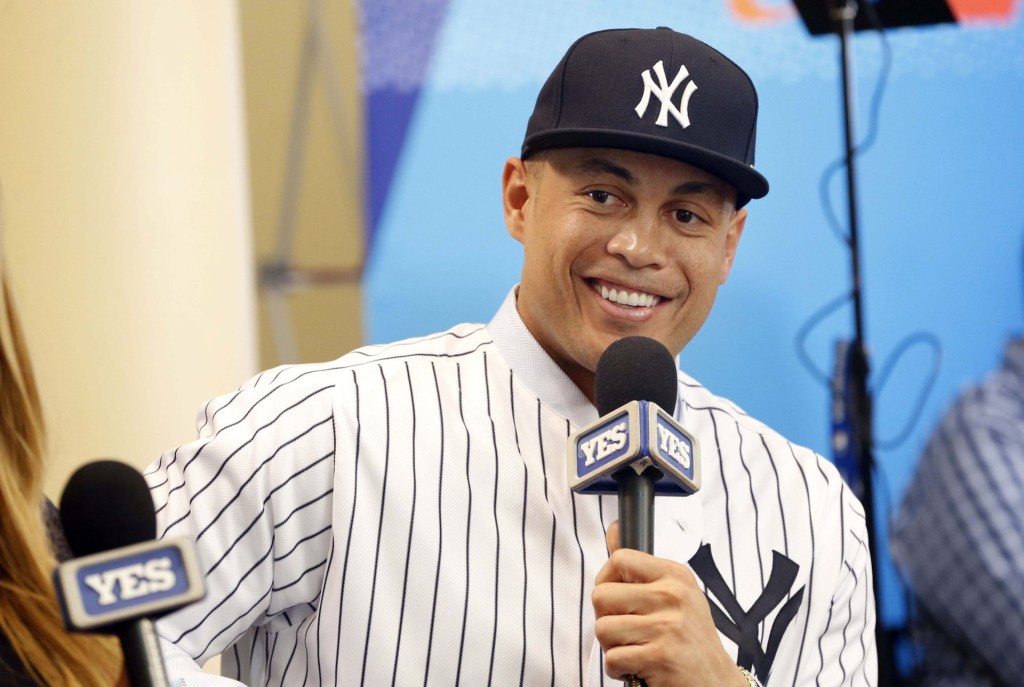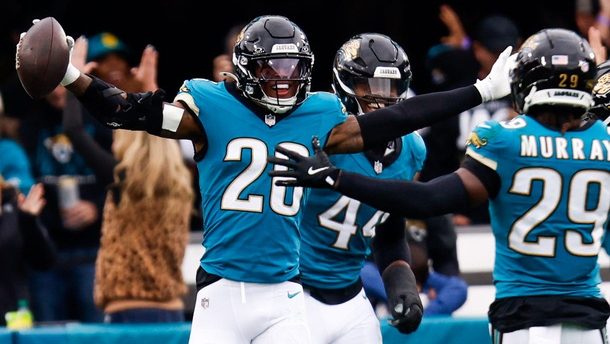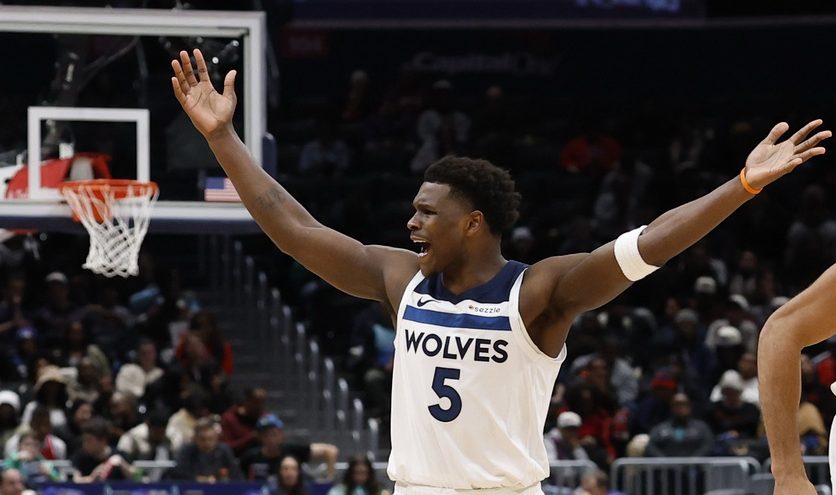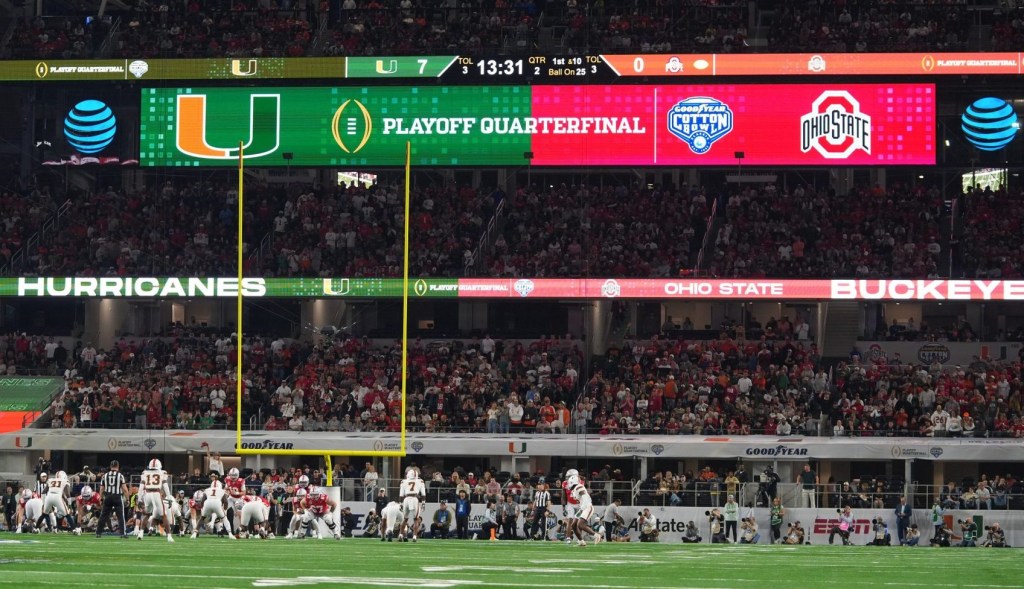In its first year, ESPN Daily — the network’s flagship podcast — reeled in millions of listeners and saw sizable change.
Though the program has seen more than 25 million total downloads since its launch in October 2019, the experienced production staff that ESPN hired exclusively for the project labored — like much of ESPN’s staff — through many months without any live sports games.
On top of that, midway through the summer, host Mina Kimes — one of the network’s most prolific personalities — left to join “NFL Live.” Her friendship with writer and TV host Pablo Torre earned him attention from management, who greenlit the switch between the two hosts. Then, games came back all at once.
That all created a busy, challenging first 12 months for a podcast ESPN has high hopes for.
“We as a company feel really good about the content and the [stories] that we’re telling there,” said Tom Ricks, ESPN’s vice president of audio. “From a performance standpoint, is it where we wanted it to be a year out? I’m the kind of person who says we can always do better.”
When the show launched last fall, ESPN hired multiple new producers to work exclusively on the project alongside Kimes. At the time, ESPN Vice President of Content Connor Schell said the show would give sports fans a “deeper understanding of the biggest sports story of the moment” using Kimes’ “insight, curiosity and wit.”
Audiences will recognize Torre for his poetic, boisterous sports takes and his unique talent for weaving broader society into the discussion of sports. Though his voice shines through now, the show has maintained its structure and style in large part since he took over. Now with live sports back on nightly, the bigger adjustment has been choosing what to concentrate on.
“It helps sometimes because we have a schedule of shows and we have to cover [certain topics] and sometimes it’s very obvious,” Torre said. “Sometimes we know we have to do x, y and z because that’s clearly the hugest story in sports. But I found that keeping up with everything is really hard, so I relish the responsibility we have.”
Erin Vail, one of the show’s half-dozen producers, acknowledged the challenge is greater for a show that aims to look forward more than backward.
“Because we’re a daily show, we don’t want to get out of date,” Vail said, adding “so we want to be previewing something as opposed to covering what’s already been dissected by every person in sports media and every show on every channel.”
While that may occasionally mean listeners look elsewhere to understand the ramifications of a key “Monday Night Football” game, it also gives ESPN Daily space to be creative with audio storytelling and try to dictate the sports conversation of the day rather than respond to it.
“We get to present all of these crazy stories day after day, and no day feels empty or like a stretch,” Torre said. “There’s too much to cover, and that’s a good problem to have if your job is to tell stories.”
Shows like the Sept. 10 episode entitled “The Anthem in Sports: What’s Next” give Torre and his producers freedom to lean more into Torre’s past as a magazine reporter and weave different types of audio and music into the show. The show integrated interviews with an African-American historian, jazz musician Jon Batiste, and Atlanta Hawks head coach Lloyd Pierce. Vail said that while The Daily by the New York Times is a heavy reference point, that episode was more like an NPR sociology special. The breadth of styles is what ESPN Daily hopes to continue to make good on in its second year.
At the same time, as with anything in which ESPN invests heavily, there are high expectations. Comparing oneself to The Daily — perhaps the biggest podcast on the planet — is an incredibly high standard. According to data provided to Front Office Sports, ESPN has averaged two million downloads per month for ESPN Daily, with an estimated unique audience of 500,000. The audience, ESPN said, is growing 10% month over month.
“We’re certainly not there, but sports being a niche audience to some degree, I feel pretty good about what we’ve done there,” Ricks said, adding he’d have liked the audience to be double or triple what it was in the first year on air.
It’s no wonder ESPN is shooting high considering much of parent company Disney’s business was hampered by the pandemic. Cruises were docked, parks and movie theaters shuttered, and production halted around the globe. For the most part, only “SportsCenter” continued to air live from Bristol, Conn. in the early days of stay-at-home orders. Podcasts were one of the only other pieces of content unaffected.
In fact, Vail said it’s easier to produce the show from home. Scheduling time for Kimes and a guest in a studio in Los Angeles could be laborious. Vail now simply shoots Torre and the day’s guest a link to Squadcast, an online production platform, Torre steps into his wife’s padded closet — which now moonlights as his makeshift studio — and the show is on.
“It’s important to have corporate support, it’s important to have ambition, it’s important to have resources, it’s important to have the ability to go to someone like Dr. Fauci,” Torre said, referencing an early episode he did in which the nation’s most famous doctor discussed the return of sports.
“I did that before I even joined full-time, so immediately I got the sense that the potential for this thing is pretty real. Our medium, podcasting, I consider it the most future-proofed of all the media that I do, because it’s on my phone. … The expectation level was very obvious from the start.”
Still, ESPN believes it can do more with the show. Apple’s charts show ESPN Daily routinely ranked in the top 20s or 30s among sports podcasts, behind more niche ESPN podcasts like The Lowe Post, which solely covers the NBA. The show does better on Spotify, but still rarely cracks the top 10.
Podcasting metrics are notoriously fickle, as there is no standardized system like Nielsen to measure podcast listenership across all platforms.
However, ESPN in late October announced that the show’s monthly listenership had doubled since its launch in 2019.
“It’s less about the numbers and more about the best stories we can tell and telling the most important stories on any given day,” Vail said. “Obviously, we want to pay attention to that sort of thing because it is important and we have built a pretty substantial fanbase and a pretty strong following … but it’s more about the content than the numbers.”
Colored by his experience with the relatively short-lived talk show “High Noon,” which he co-hosted with Bomani Jones, Torre said he tries not to let his approach be dictated by listenership to one episode or another.
Most often, he said, those numbers can be affected by “behavioral patterns” or what else was on TV or on social media that day.
ESPN has empowered this group to tell great stories and learn as they go. Executives believe growth will come when the audience makes a habit of listening and gets more comfortable with Torre.
As ESPN settles into a more routine sports schedule once again, much attention will be paid to whether ESPN Daily can deliver on the resources committed to it and expectations set for it.
